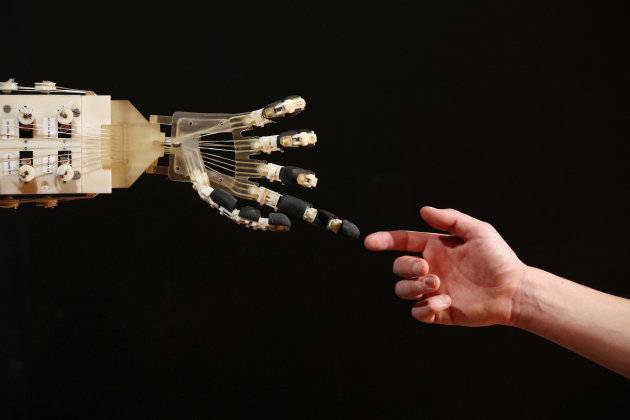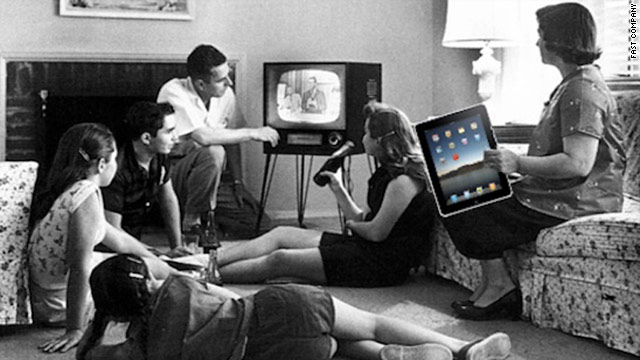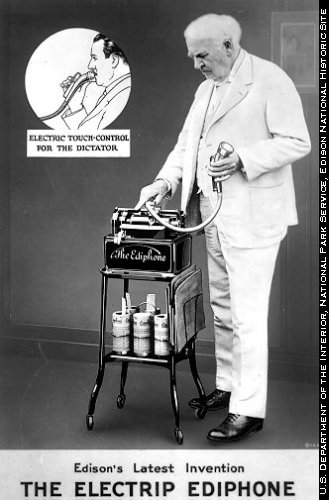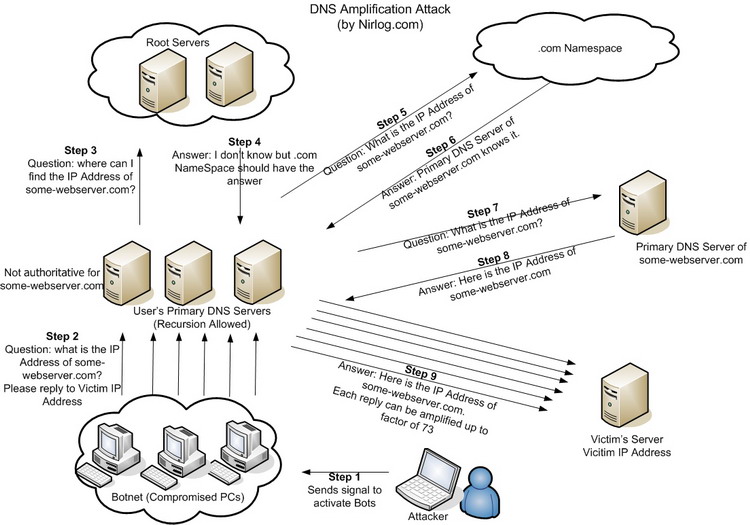 |
| Boo! I see you! |
Too many people want to know what I'm doing.
The
Army is testing its $517 million spy blimp in the skies over the New Jersey military base where the German airship Hindenburg crashed in 1937.
Bosses who want help gauging employees' morale can now turn to
Microsoft's workplace social network, Yammer. A new feature offers managers a kind of emotional surveillance system, showing which feelings workers are expressing in messages posted to a company's Yammer network, which has similarities to both Facebook and Twitter.
A new app released by
President Obama’s campaign team has raised privacy fears.
The free Obama for America app – which can be downloaded for the iPhone and Android – gives users the first name, last initial, gender and addresses of registered Democrats.
“Sign up to canvass—then get started right away with a list of voters in your neighborhood. Access scripts and enter feedback and responses in real time as you go,” the campaign states on its website.
When
Google imagines the future of Web search, it sees a search engine that understands human meaning and not just words, that can have a spoken conversation with computer users and that gives users results not just from the Web but also from their personal lives.
 |
| I see you, too. |
A dramatic new way to track criminals and potential terrorists was unveiled Wednesday by Mayor Michael Bloomberg and
NYPD Commissioner Ray Kelly.
It melds cameras, computers and data bases capable of nabbing bad guys before they even know they’re under suspicion. The system uses 3,000 cameras positioned in Lower Manhattan south of Canal Street, river to river, and between 30th and 60th streets, river to river. It links up to license plate readers, 911 calls and other NYPD data records.
Researchers at University College of London have applied principles of radar used in defense and designed a detector using home based Wi-Fi routers to spy on people across walls. Using the principles behind the Doppler effect they have built a prototype unit that uses Wi-Fi signals and recognizes frequency changes to detect moving objects.
























